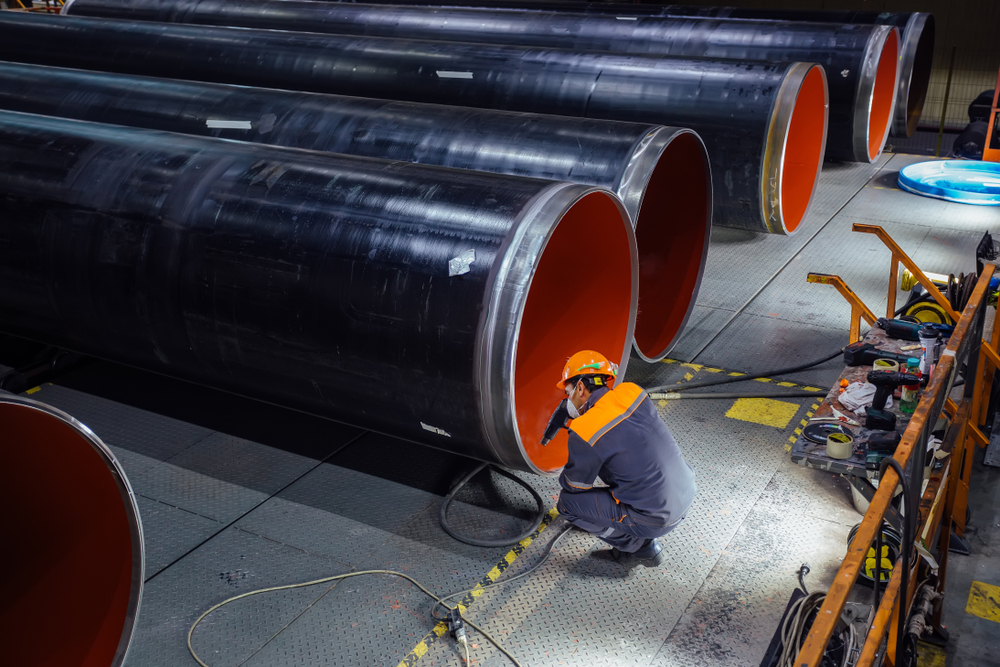
- admin
- No Comments
- September 25, 2024
Internal Pipeline Coating: Protecting Your Infrastructure Investment
Introduction
Internal Pipeline Coating is a protective layer applied to the inner surface of pipelines to shield them from corrosion, abrasion, and other forms of degradation. By creating a barrier between the pipeline material and the transported fluid, internal coating helps prevent leaks, extend pipeline lifespan, and maintain operational efficiency.
Understanding Internal pipeline coating solutions
Importance of Internal Pipeline Coating
Internal Anti-Corrosion Coating for Pipelines is crucial for maintaining the structural integrity of pipelines, especially in industries like oil and gas, water distribution, and chemical processing. Without adequate coating, pipelines are susceptible to corrosion, which can lead to leaks, ruptures, and costly repairs.
Types of Internal Pipeline Coating
Epoxy Coating
Epoxy coating is one of the most common types of internal pipeline coating. It forms a durable, chemically resistant layer that adheres tightly to the pipeline surface, providing excellent corrosion protection.
Polyurethane Coating
Polyurethane coating offers superior abrasion resistance and flexibility, making it ideal for pipelines exposed to harsh operating conditions or mechanical stresses.
Glassflake Coatings
Glass Flake Coating is like armor for surfaces. It’s a protective layer made up of tiny glass flakes mixed with a binder, usually epoxy or vinyl ester. These flakes create a barrier that shields surfaces from corrosion, chemicals, and abrasion. Think of it as a shield against the elements, enhancing durability and extending the lifespan of structures like pipelines, tanks, and industrial equipment. So, whether it’s battling harsh weather or harsh chemicals, glass flake coating is there to defend and preserve.
Application Methods
Spray Application
Spray application involves spraying the coating material onto the inner surface of the pipeline using specialized equipment. This method ensures uniform coverage and is suitable for pipelines of various sizes and shapes.
Brush and Roller Application
Brush and roller applications are often used for smaller pipelines or areas that are difficult to access with spray equipment. While labor-intensive, this method allows for precise coating application and is suitable for touch-up work.
Internal Pipe Spraying
Internal pipe spraying involves injecting the coating material into the pipeline and rotating it to ensure even distribution. This method is particularly effective for large-diameter pipelines or those with complex geometries.
Benefits of Internal Pipeline Coating
Corrosion Protection
Internal pipeline coating forms a protective barrier that shields the pipeline from corrosive substances, preventing rust and deterioration.
Increased Pipeline Lifespan
By mitigating corrosion and abrasion, internal coating helps extend the lifespan of pipelines, reducing the need for frequent maintenance and replacement.
Improved Flow Efficiency
A smooth, corrosion-free pipeline interior facilitates efficient fluid flow, reducing friction losses and energy consumption.



